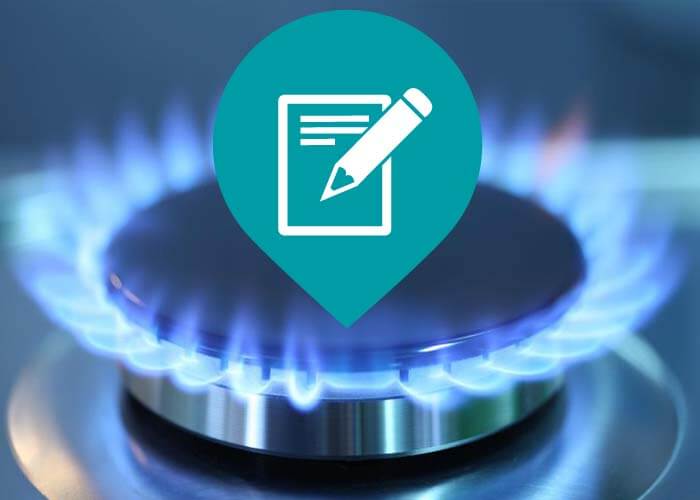
How Does the Natural Gas Delivery System Job?
How Does the Natural Gas Distribution System Job?
Gas flowing from higher to reduce stress is the basic concept of the gas delivery system. The amount of pressure in a pipeline is measured in pounds per square inch.
From the well, the gas enters into "celebration" lines, which resemble branches on a tree, getting larger as they obtain closer to the main collection point.
Event Systems
A gathering system may require several field compressors to relocate the gas to the pipeline or the processing plant. A compressor is a machine driven by an inner burning engine or generator that produces pressure to "press" the gas through the lines. Most compressors in the natural gas delivery system utilize a small amount of natural gas from their very own lines as fuel.
Some natural gas celebration systems include a handling center, which carries out such features as getting rid of pollutants like water, carbon dioxide or sulfur that could corrode a pipeline, or inert gases, such as helium, that would minimize the power value of the gas. Processing plants likewise can eliminate small quantities of lp as well as butane. These gases are utilized for chemical feedstocks as well as other applications.
The Transmission System
From the gathering system, the natural gas moves right into the transmission system, which is generally made up of regarding 272,000 miles of high-strength steel piper.
These large transmission lines for gas can be compared to the country's interstate highway system for autos. They relocate large quantities of gas countless miles from the producing areas to neighborhood distribution firms (LDCs). The pressure of gas in each section of line generally varies from 200 extra pounds to 1,500 pounds per square inch, depending upon the sort of location in which the pipe is operating. As a safety measure, pipelines are created and also constructed to deal with a lot more pressure than is ever really reached in the system. For instance, pipelines in more booming locations operate at less than one-half of their layout stress level.
Numerous significant interstate pipelines are "looped"-- there are 2 or more lines running parallel to each other in the same access. This provides maximum ability throughout durations of peak demand.
Compressor Stations
Compressor terminals are located about every 50 to 60 miles click here along each pipeline to boost the pressure that is shed through the rubbing of the gas moving with the steel pipeline. Many compressor stations are entirely automated, so the equipment can be started or stopped from a pipeline's central control area. The control area can also remotely operate shut-off valves along the transmission system. The operators of the system keep in-depth operating information on each compressor terminal, and also continually readjust the mix of engines that are going to optimize effectiveness as well as security.
Natural gas moves through the transmission system at approximately 30 miles per hour, so it takes several days for gas from Texas to arrive at an energy invoice point in the Northeast. Along the way, there are many interconnections with various other pipelines and also other utility systems, which supplies system operators a large amount of versatility in relocating gas.
Linepack
A 50-mile area of 42-inch transmission line operating at around 1,000 pounds of pressure has around 200 million cubic feet of gas-- enough to power a kitchen range for more than 2,000 years. The amount of gas in the pipe is called the "linepack.".
By raising and lowering the pressure on any type of pipeline segment, a pipeline company can make use of the sector to save gas during periods when there is much less demand at the end of the pipeline. Making use of linepack this way permits pipeline drivers to manage hourly variations popular very effectively.
Natural gas pipelines and also utilities make use of very innovative computer designs of client need for natural gas, which associate day-to-day and hourly usage fads with seasonal and also environmental elements. That's why clients can rely on the integrity of natural gas-- when it's required, it's there.
Entrance Stations.
When the natural gas in a transmission pipe gets to a regional gas utility, it typically goes through a "gate terminal." Energies frequently have gate terminals getting gas at many different areas as well as from several different pipes. Entrance terminals serve three objectives. First, they lower the pressure in the line from transmission degrees (200 to 1,500 extra pounds) to distribution degrees, which vary from 1/4 extra pound to 200 pounds. Then an odorant, the unique sour aroma connected with gas, is included, so that consumers can smell even small quantities of gas. Lastly, the gate station determines the flow rate of the gas to identify the amount being gotten by the utility.